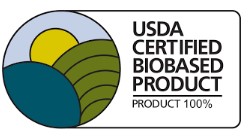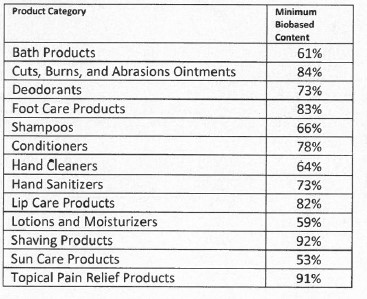Written by Liz Streland
“We are all voyagers. What you carry with you and what you leave behind define who you are.” – Lavati Lauaki Afifimailagi, Samoa Voyaging Society
The annual West Coast gray whale migration has ended. Every year, these marvelous animals swim from Alaska to the warm waters of Mexico to have their young. Together, they head back to Alaska to the delight of whale watchers along the way. Like many of you, I have been saddened by reports of whales washing up on beaches with pounds of plastic in their stomachs. This disturbing reality is a stark reminder of the role we can and must play in taking care of our world and leaving it a better place for generations to come.
One of the reasons I am so proud of being a part of our industry is because we have truly embraced this concept. Sustainability is not just a word that is tossed around. There are actions and examples aplenty demonstrating that sustainability is a significant and permanent part of the personal care industry landscape. Consumer demand for greener products is significant and growing. According to a survey by the Shelton Group conducted for UL Environment, 70% of Americans say they are searching for greener products. Sixty-six percent of consumers say they are willing to pay more for sustainable brands and brands are responding. According to a Nielson and Mintel report, 50% of new product launches in 2017 were based on sustainability versus just 10% in 2007.
What is Sustainability?
A widely-accepted definition for the term “sustainable” comes from the Brundtland Report which was commissioned by the United Nations in 1987. It defines “sustainable development” as development that, “meets the needs of the present without compromising the ability of future generations to meet their own needs.” So, how to achieve sustainable development? According to the Shelton Group survey, 56% of respondents said certifications make products more reputable. This validation from a reputable third party that a product is green makes a strong case with many consumers. Certifications offer instant credibility in a very visual way, i.e. on product packaging.
ACCORDING TO THE SURVEY, THE FOLLOWING WERE IDENTIFIED BY CONSUMERS AS THE TOP CERTIFIED CLAIMS FOR INFLUENCING PURCHASE DECISIONS:
- Coalition for Consumer Information on Cosmetics (CCIC): Leaping Bunny Not Animal Tested
- USDA Organic
- USDA Certified BioPreferred® Product
- NPA Certified
What is the USDA BioPreferred® Program?
For this blog, we will briefly focus on the USDA BioPreferred® program. The USDA BioPreferred® program is a government-driven program managed by the United States Department of Agriculture. It was created by the 2002 Farm Bill (and expanded as part of the 2014 Farm Bill) to increase the purchase and use of biobased products in order to (1) reduce reliance on petroleum, (2) increase the use of renewable agricultural resources, and (3) contribute to reducing adverse environmental and health impacts.
With more and more consumers searching for sustainable purchasing options, the USDA BioPreferred® program helps to facilitate the identification of such options by providing a USDA Certified Biobased Product label:

The label assures a consumer that the product contains a USDA-verified amount of renewable biological ingredients with minimum biobased content standards for over 100 categories. Twelve of those categories (along with their respective Minimum Biobased Content levels) are personal care-related including:

The qualifying content level varies depending on the product and that level is included on the label. For example, the label below would be for a product that is 78% biobased. Referring to the personal care categories, this could be a bath product, deodorant, shampoo, conditioner, hand cleaner, lotion or sun care product. However, it could not be a cut, burn or abrasion ointment, foot care, lip care, shaving product, or topical pain relief product, because it does not meet the minimum threshold(s) specified.

It is important to note that once the minimum threshold is met, it is permitted to include the precise percentage of the specific product even if that percentage is higher than the minimum threshold for that category. For example, for the sun care category, it is possible to have a sun care product with the USDA Certified Biobased label showing 53% (the minimum), 54%, 55%, 60%, etc. so long as the testing confirms the level.
The USDA BioPreferred® Program uses test method ASTM D6866 to identify the bio-based content in products. ASTM D6866 is a method that measures 14C/ 12C ratios. 14C is produced in the atmosphere and fixed by plants, but has a half-life of 5,700 years. Petroleum-based materials contain less than 1% of the amount of 14C found in bio-based materials. Bio-based content is calculated using the ratio of “new” organic carbon (plant or agricultural-based) to total organic carbon (“new” organic carbon + “old” or fossil fuel-based organic carbon). The ASTM D6866 test method uses only organic carbon to determine bio-based content, i.e. inorganic carbon and water are excluded.
As of December 2015, USDA has certified over 2,500 biobased products.
For more information on the USDA BioPreferred® Program please go to the website: www.biopreferred.gov
Because what we leave behind will define who we are…